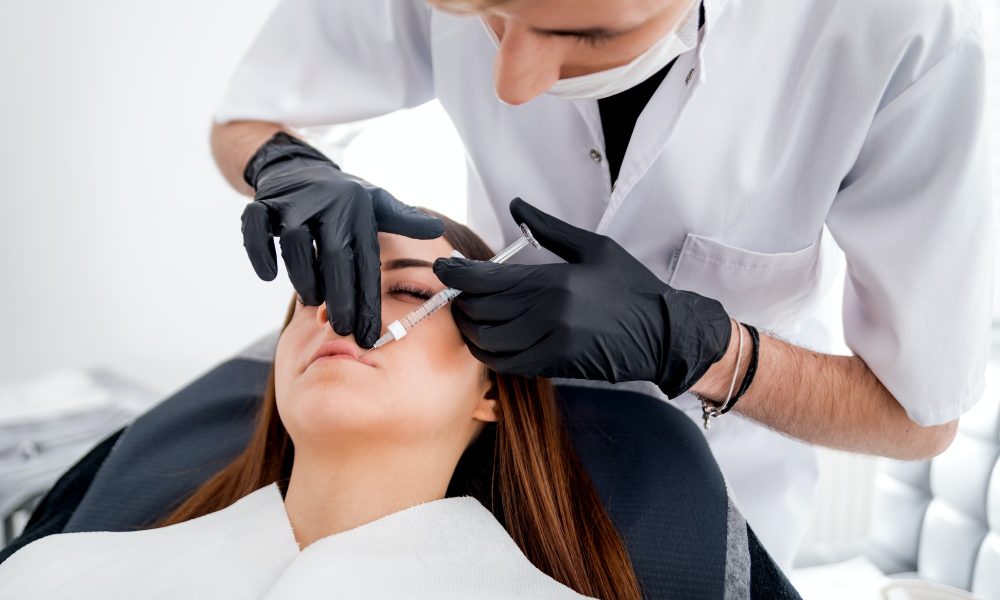Emotional regulation therapy is an empirically validated treatment that involves techniques from several already established treatments, including cognitive-behavioral, acceptance, and emotion-focused techniques.
Therapists evaluate you and treat you using techniques that apply to your symptoms in their findings. Once they have a clear idea of what issues need to be solved, they give you a regimented action plan that helps you achieve the necessary goals to regulate your emotions in a better way.
Goals of Emotional Regulation Therapy
This therapy attempts to achieve multiple goals together to give patients the best chance of recovering quickly. Understanding the goals of this therapy will empower individuals seeking help to guide their efforts toward real improvement. Here are the goals of emotional regulation therapy.
1. Emotional Perception
Building better emotional regulation is a part of improving your overall emotional intelligence. The first step to that involves being able to perceive the emotions in question. Emotional regulation therapy helps you recognize and differentiate between your feelings, even when they are extreme.
2. Emotional Acceptance
Once you have the skills to recognize your emotional reactions, you can better accept your emotions in the moment. Acceptance is important for better decision-making. Your thinking becomes clouded when you reject your emotions. Accepting them helps you deal with things better.
3. Coping Mechanisms
The removal of unhealthy coping mechanisms such as emotional avoidance is a crucial step to healing and regulating your emotions in a better way. Instead of worrying, ruminating, or criticizing yourself, you can cope with the tools and techniques you put in your arsenal during therapy.
4. Need Identification
Emotions aren’t meant to draw out negative coping mechanisms or irritate you. They have an important job in communicating our needs to us. As you learn more about your emotions, you will gain the ability to identify your needs in the moment. Instead of emotional avoidance, you can solve your real issues.
Who Can Benefit From Emotional Regulation Therapy
Emotional regulation therapy is used to treat people with distress disorders. Distress disorders are caused by short-term or long-term exposure to stress and are categorized by negative coping mechanisms such as ruminating, worrying, and self-criticism.
These coping mechanisms help them deal with the stress at the moment but inevitably lead to learning the wrong lessons. Thinking clearly is crucial for a healthy mind. Distress disorders include:
- Major Depressive Disorder
- Post-Traumatic Stress Disorder
- General Anxiety Disorder.
While they are all very different disorders, they share symptoms, and patients can commonly exhibit more than one stress-related disorder at once.
Cognitive behavioral therapies have been very successful in treating patients, but still, many slip through the cracks. That’s why emotional regulation therapy was created as a targeted approach using traditional and modern techniques.
This therapy has been more successful because professionals use targeted treatments based on a framework they build using information about the issues individual patients face. The treatment is effective on different disorders because it has manualized, proven remedies for the root causes of stress.






